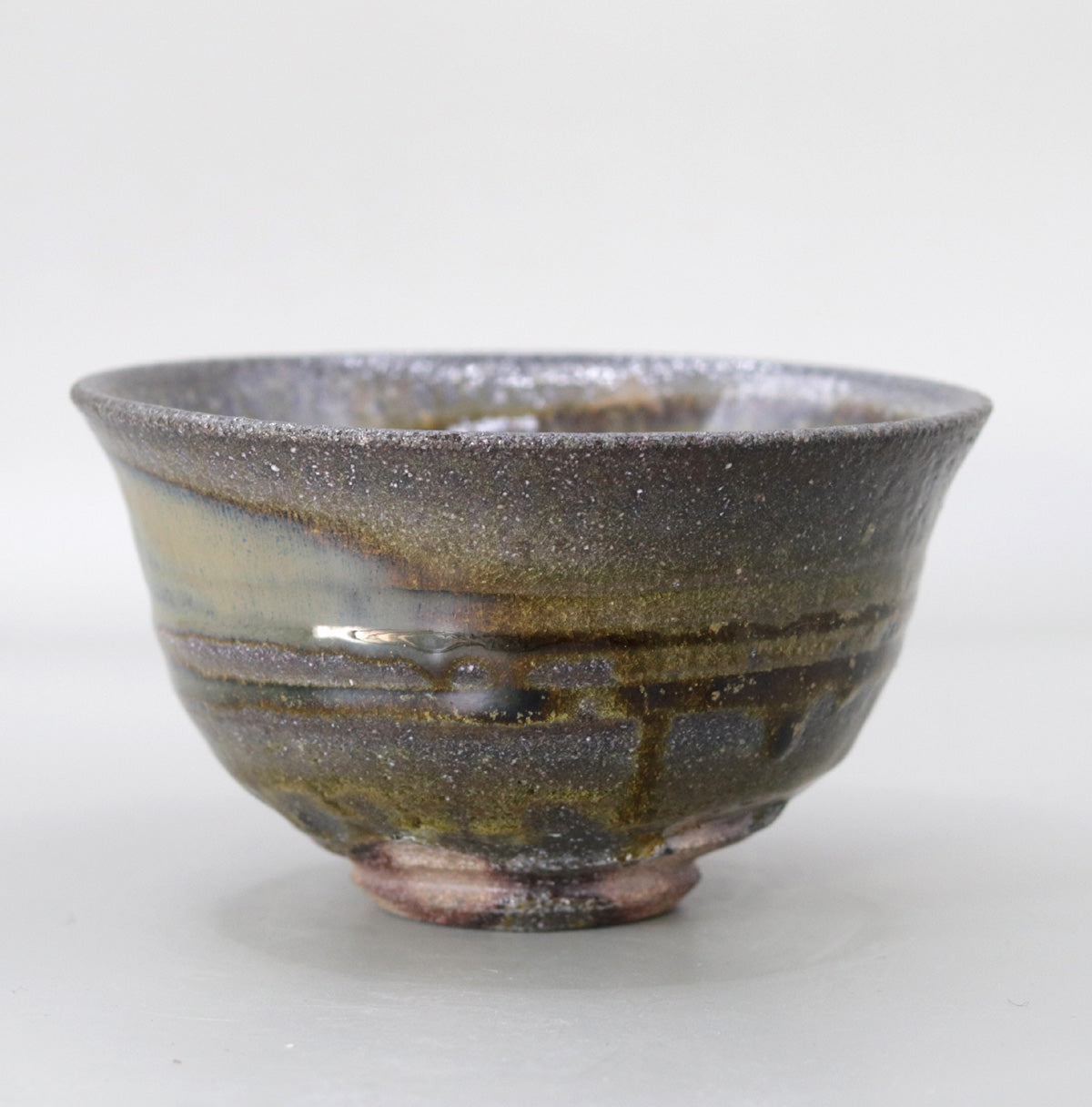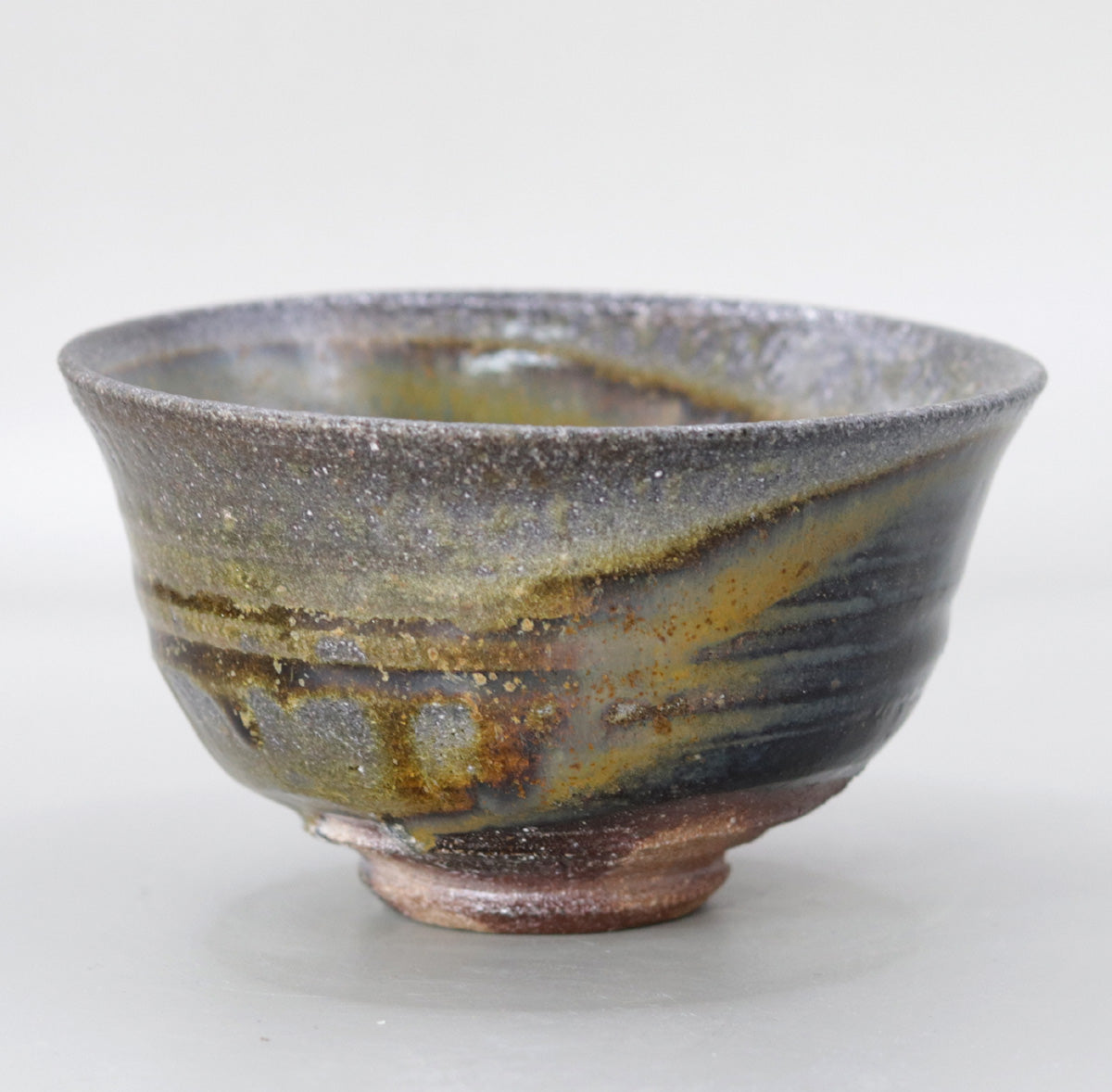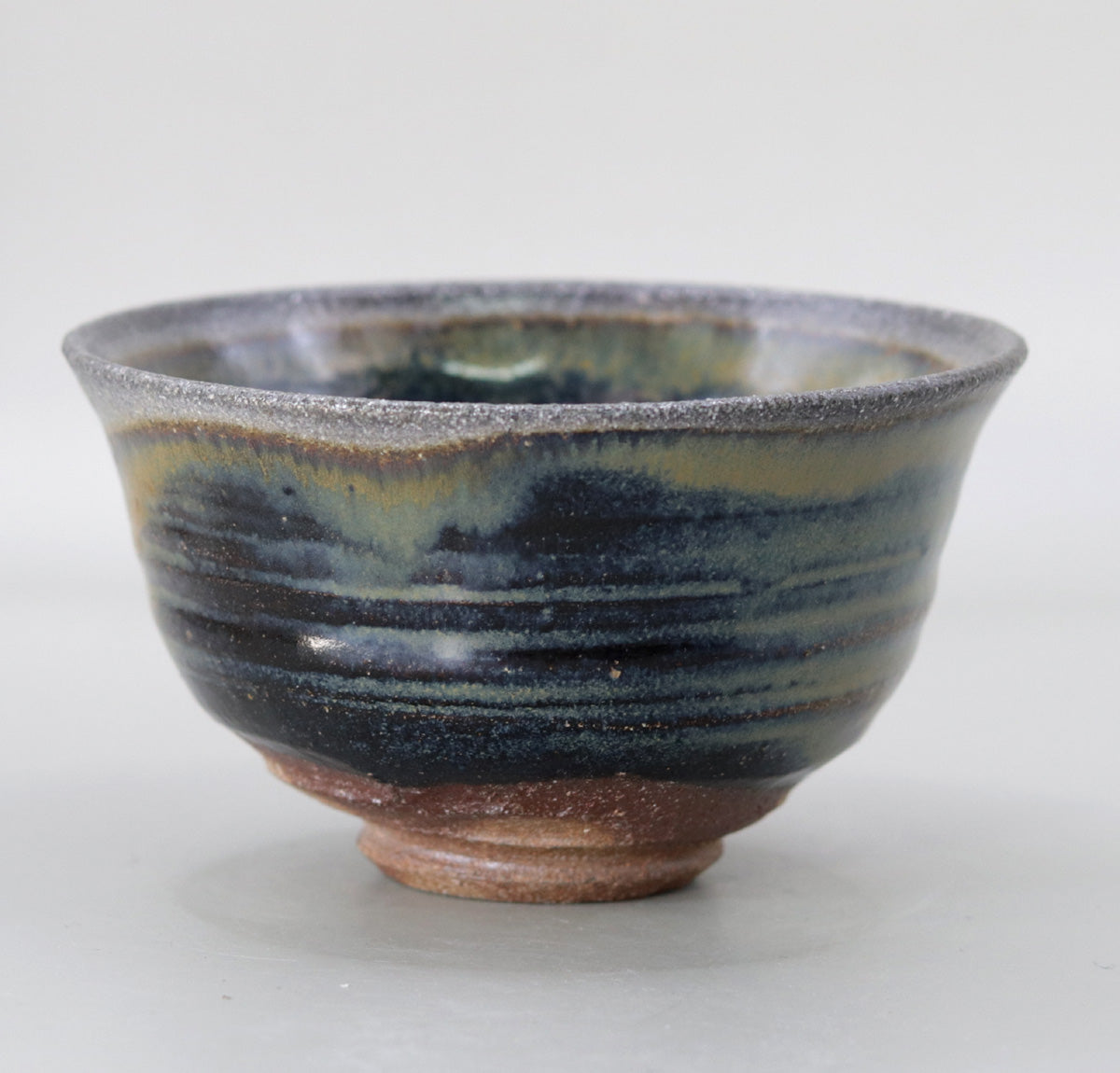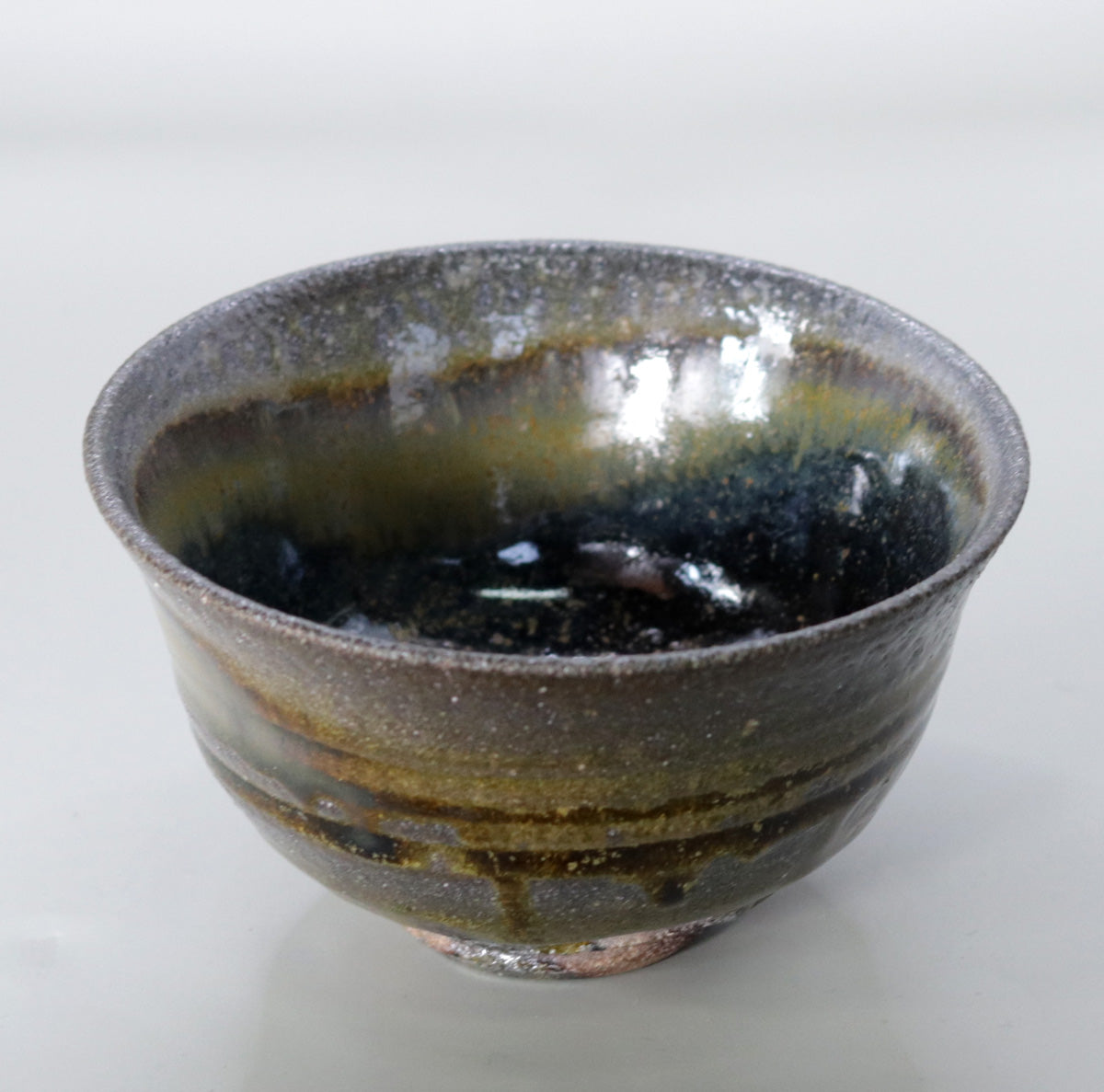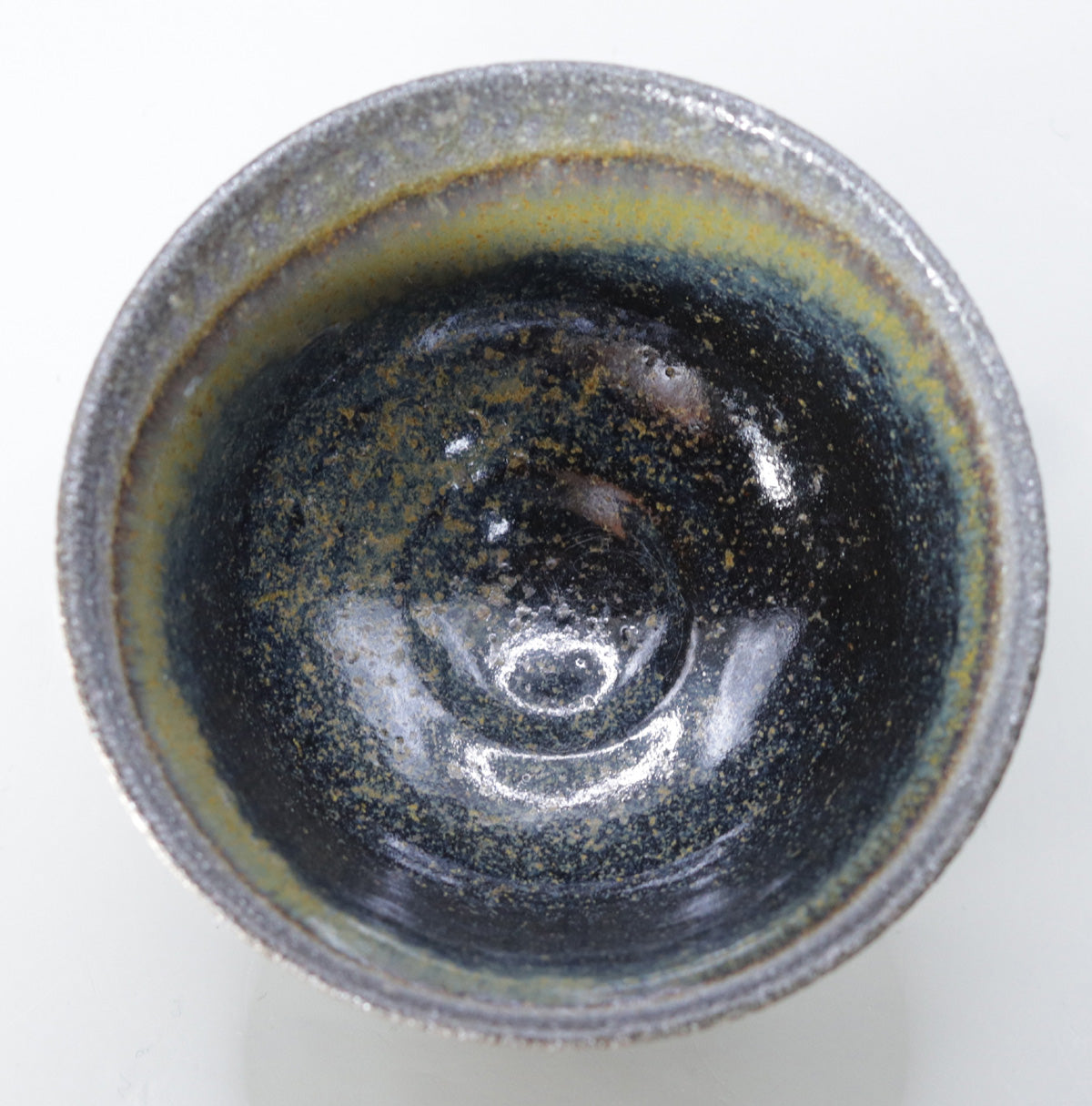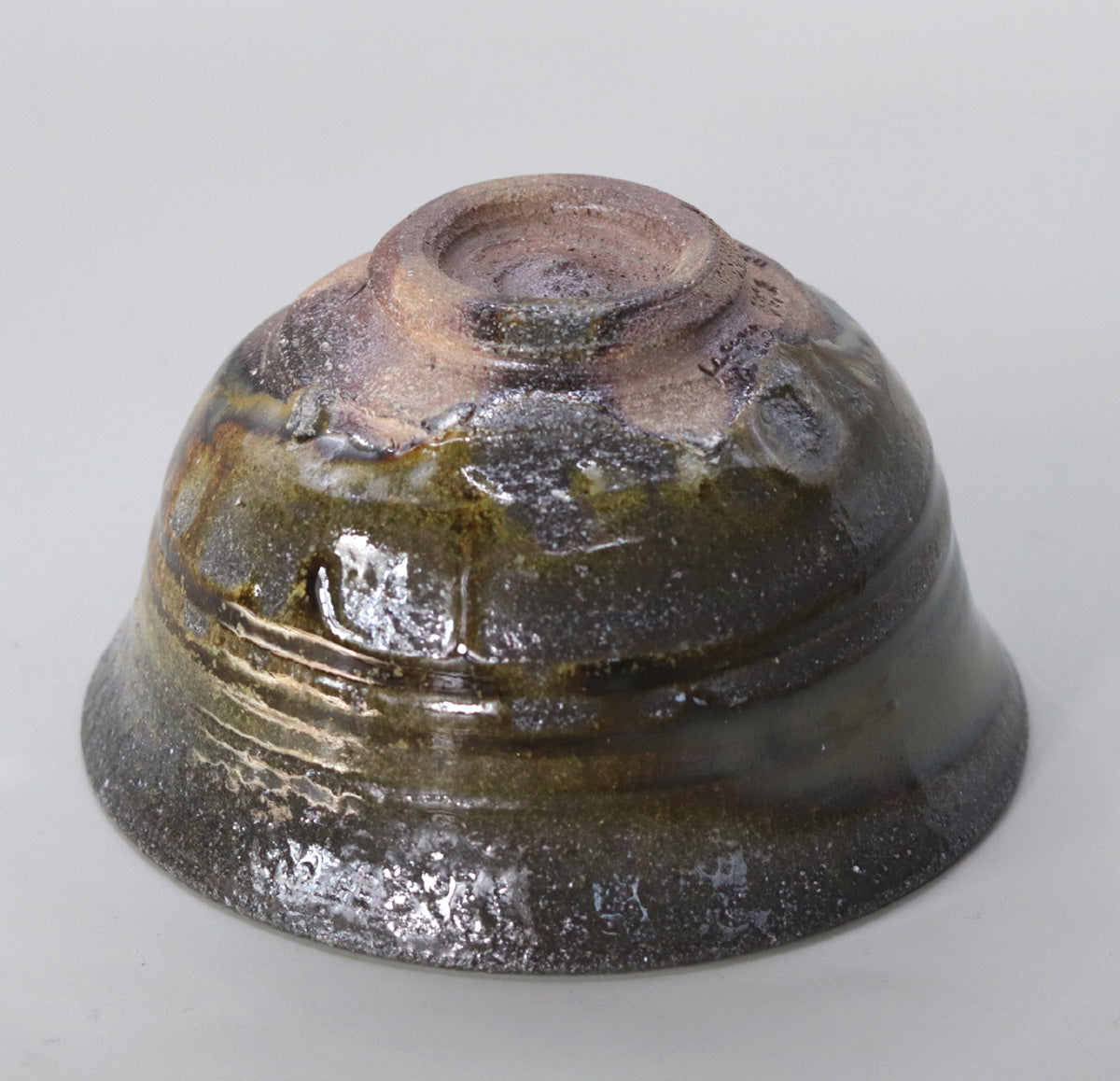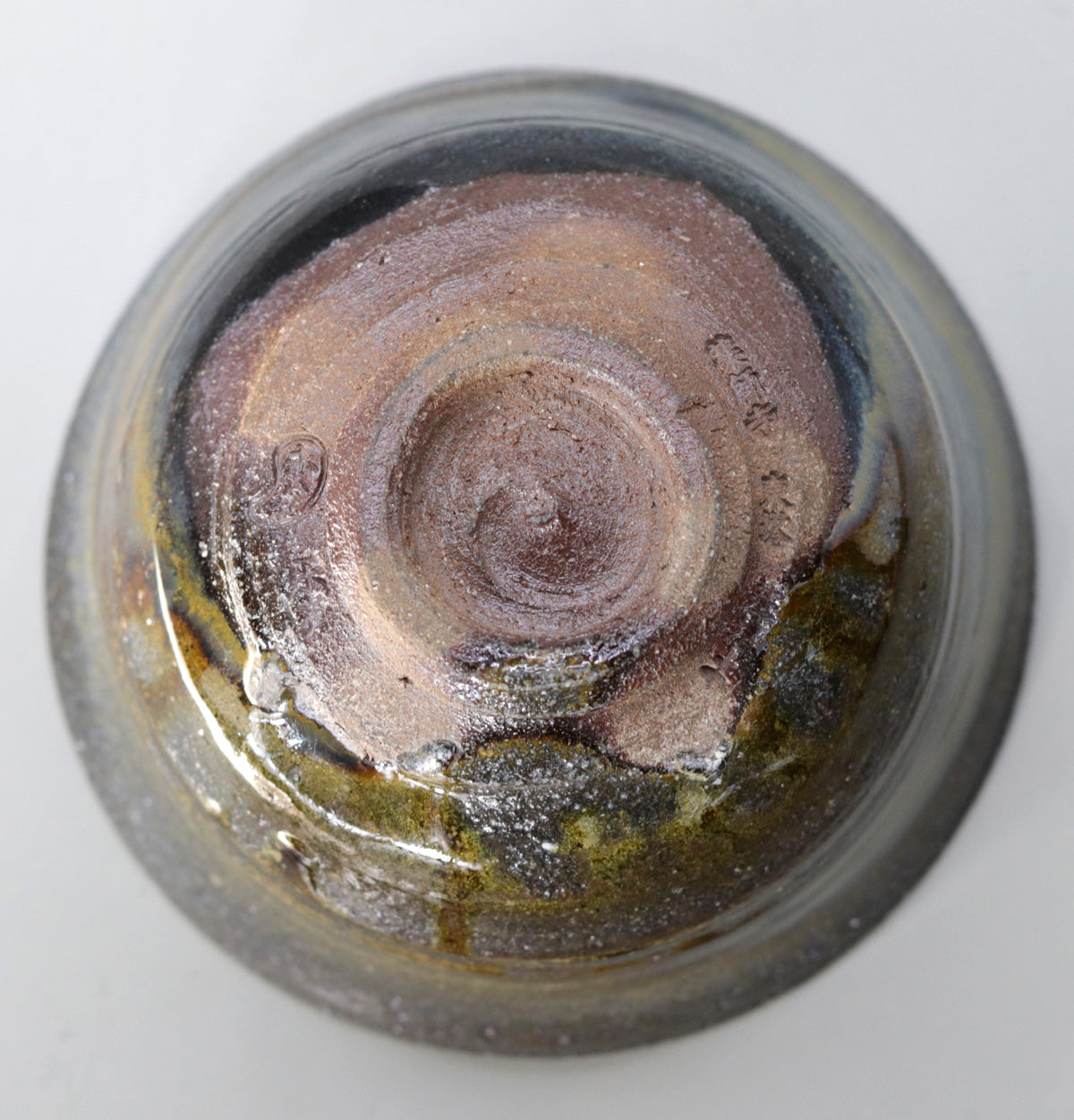Yakushiji Temple East Pagoda Foundation Clay Iron Glazed Kiln Change Tea Bowl by Rakusai Onishi
Yakushiji Temple East Pagoda Foundation Clay Iron Glazed Kiln Change Tea Bowl by Rakusai Onishi
Couldn't load pickup availability
Width: 12.5cm Height: 7.2cm
Yakushiji Temple East Pagoda Foundation Clay Iron Glazed Kiln Change Tea Bowl
The eastern pagoda of Yakushiji Temple, a famous temple representing the Nara period, is known as the only remaining original pagoda. When repairing the base of the pagoda, old clay was obtained and mixed into the clay. An iron glaze was then applied to bring out the beauty of the kiln transformation, making this a rare tea bowl where timeless history and the coincidence of fire intersect. Below, we will explain the appeal of this piece from five perspectives.
1. The Clay: Foundation soil that holds 1,300 years of history
The clay of the foundation of the East Pagoda of Yakushiji Temple is rich in iron and silica, which are unique to the Nara Basin, and over the years, fine minerals have crystallized. Onishi Rakusai blended this ancient clay with Shigaraki clay to accentuate the coarse grain and the patina of the earth. Even after firing, the quartz grains in the clay sparkle white, leaving the surface of the pottery with a dignity reminiscent of the foundation stones of the pagoda.
2. Iron Glaze and Kiln Change: Scenes of the Earth Painted by Flames
The iron glaze that covers the exterior is fired at a high, reducing temperature, resulting in a complex coloration of dark brown, moss green, and purple gray, and the glassy flow caused by natural ashfall adds depth to the scenery. A shimmering pool of glaze has formed in the center of the body, and when held up to the light, green-brown spots emerge from beneath the ink-black color. These evoke the mossy stone surfaces and cloudy skies that surround the ancient tower, creating a "moving landscape" that changes appearance depending on the viewing angle.
3. Shape and wheel marks: A neat bowl shape reminiscent of an ancient pagoda
The slightly curved rim of the bowl seems to reflect the silhouette of the Yakushiji temple's pagoda, tapering towards the sky. Three stages of wheel marks are engraved on the body, which act as boundaries for the flow of glaze and create a visual rhythm. The base is small but powerfully cut, revealing the reddish brown of the foundation clay and providing a beautiful contrast with the color of the tatami mats in the teahouse.
4. Ease of use and functional beauty: Practicality with a touch of wabi
The outer surface has a rough sandy texture, and when you hold it in your palm, your fingertips will naturally rest on it. The inside is thinly covered with iron glaze, and the fine white crazing makes the green of the matcha stand out softly. The tea whisk hits it smoothly, and the bubbles are fine. The gloss of the kiln-transformed glaze reflects the tea surface like a mirror, creating a tranquil atmosphere for the tea ceremony.
5. Cultural Significance: A Bowl of Prayer and Rebirth
The East Pagoda of Yakushiji Temple is a famous piece of architecture known as "frozen music," and using the soil from its foundation is an act of sealing in the tea bowl the time of prayer that has continued for over a thousand years. Furthermore, just as the pagoda was revived after undergoing major repairs in the Reiwa era, this work has also been given a new beauty by the encounter between ancient soil and modern flames. If you use this tea bowl at a tea ceremony, the thought of "rebirth" will quietly light up within the drinker.
Summary
The ancient pagoda's clay, the coincidence of fire, and Onishi Rakusai's skillful design have come together to create a kiln-transformed tea bowl that exudes both wabi-sabi and sublimity. When you hold it in your palm, you can hear the pulse of history pulsating from deep within the rough clay, and when you pour matcha tea into it, the glaze pool shimmers like the surface of a lake. The Yakushiji East Pagoda Foundation Clay Iron Glazed Kiln-Transformed Tea Bowl is a gem of a bowl that embodies the spirit of "ichigo ichie" (a once-in-a-lifetime encounter) that the tea ceremony seeks, and eternal prayer.
Made from 100% clay from within the grounds of Yakushiji Temple, this piece is characterised by its clear beauty, with all impurities thoroughly removed. The clay has been around for ages and is homogeneous, and when fired it takes on a clear luster, and when fired it takes on a gentle colour like old roofing tiles. Its smooth texture and resistance to warping are also appealing. The story of the clay, which holds 1,300 years of history, gives you a sense of peace every time you pick it up. This is a special piece that combines material, beauty and spirituality.
A conversation with Rakusai Onishi – High-end pottery specialty store [Amagi-do]
Share
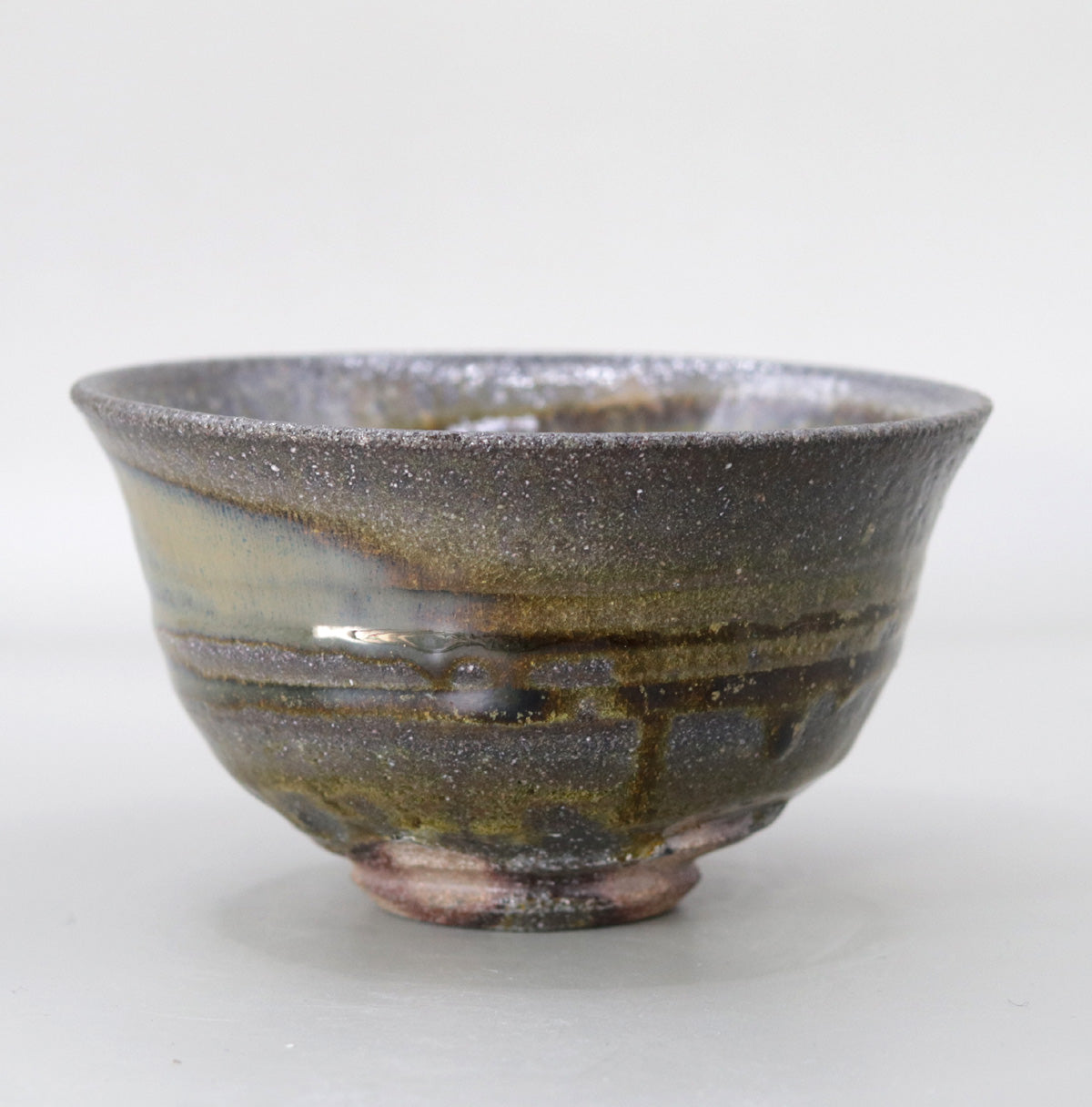
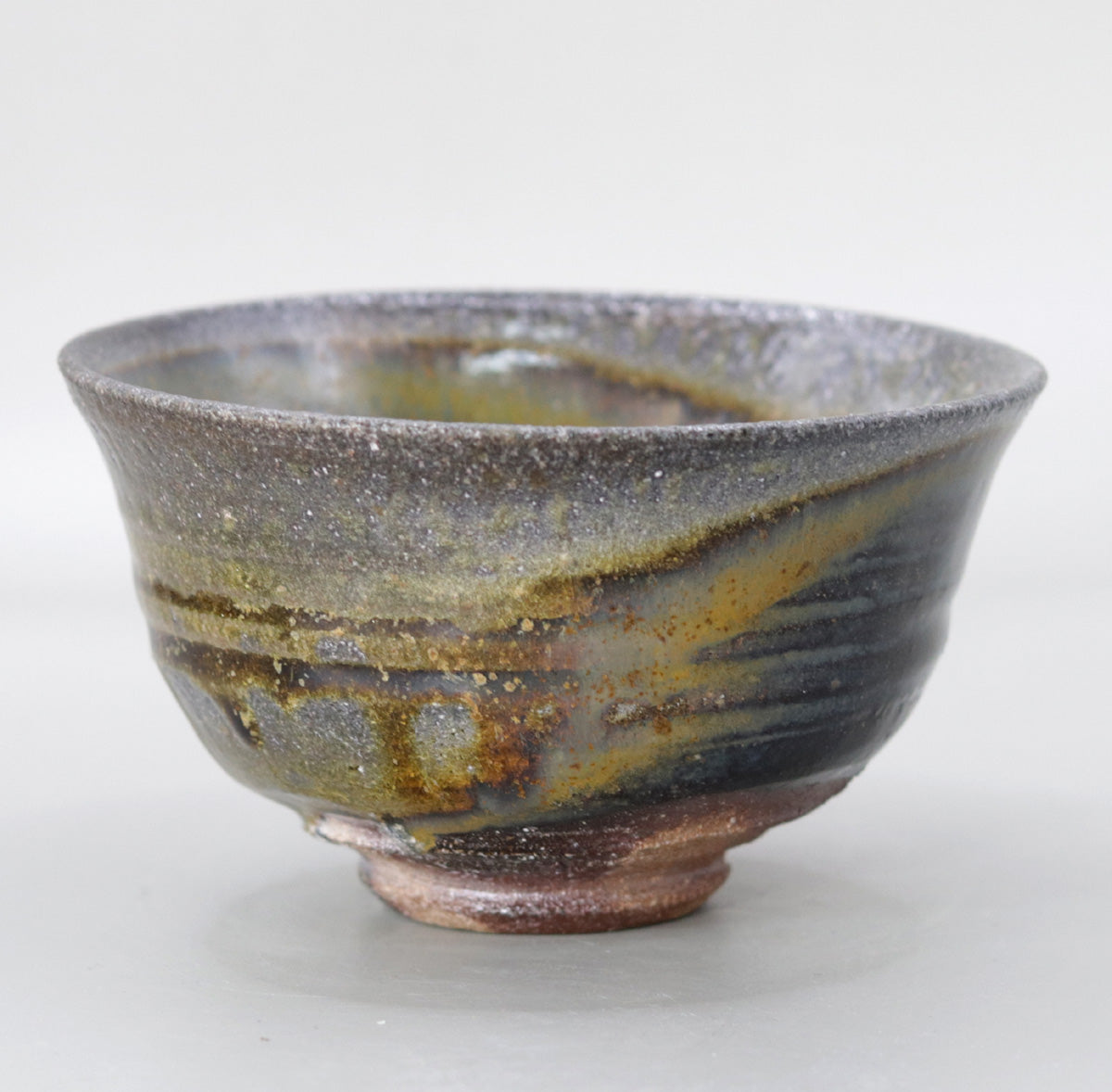
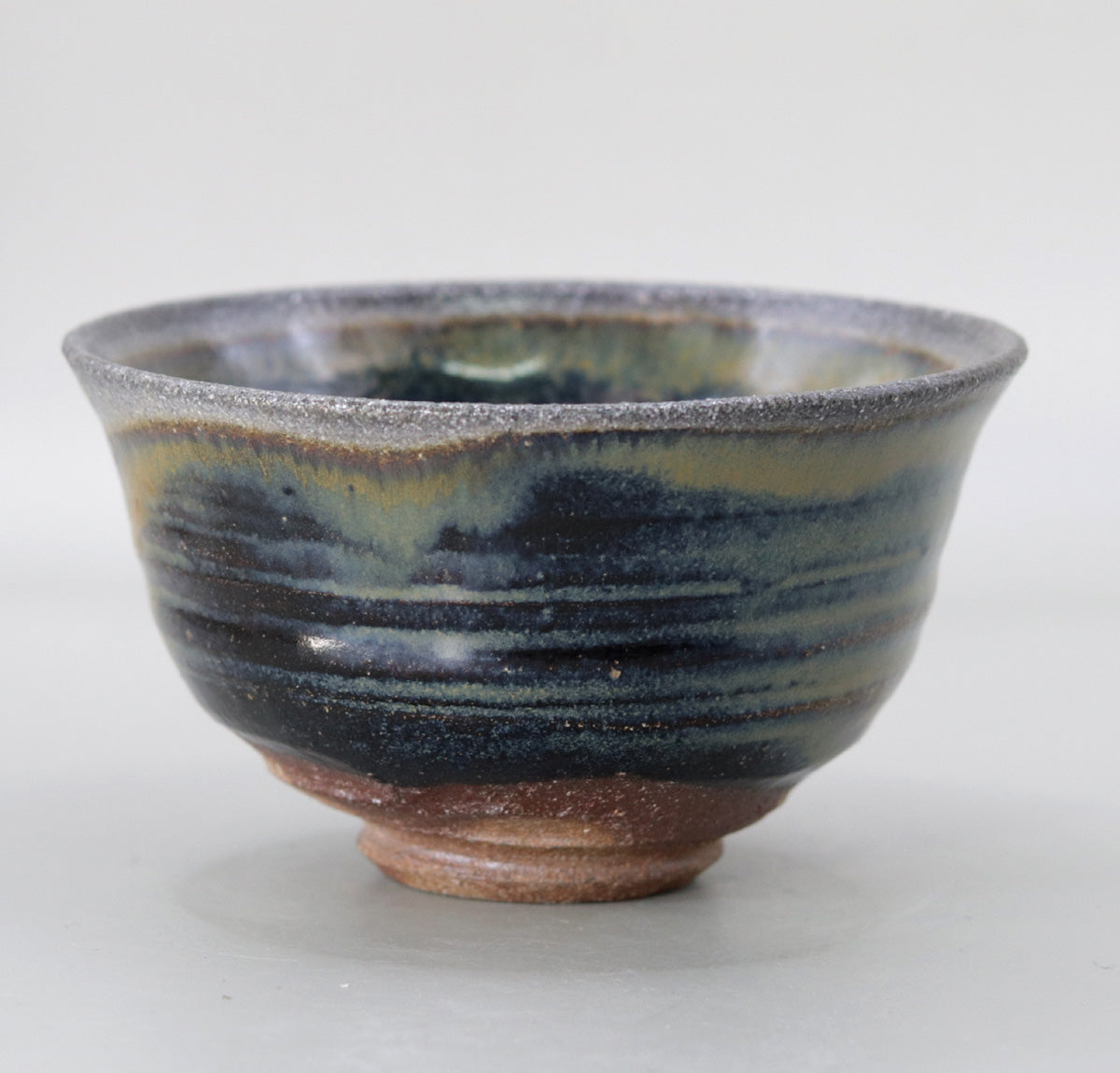


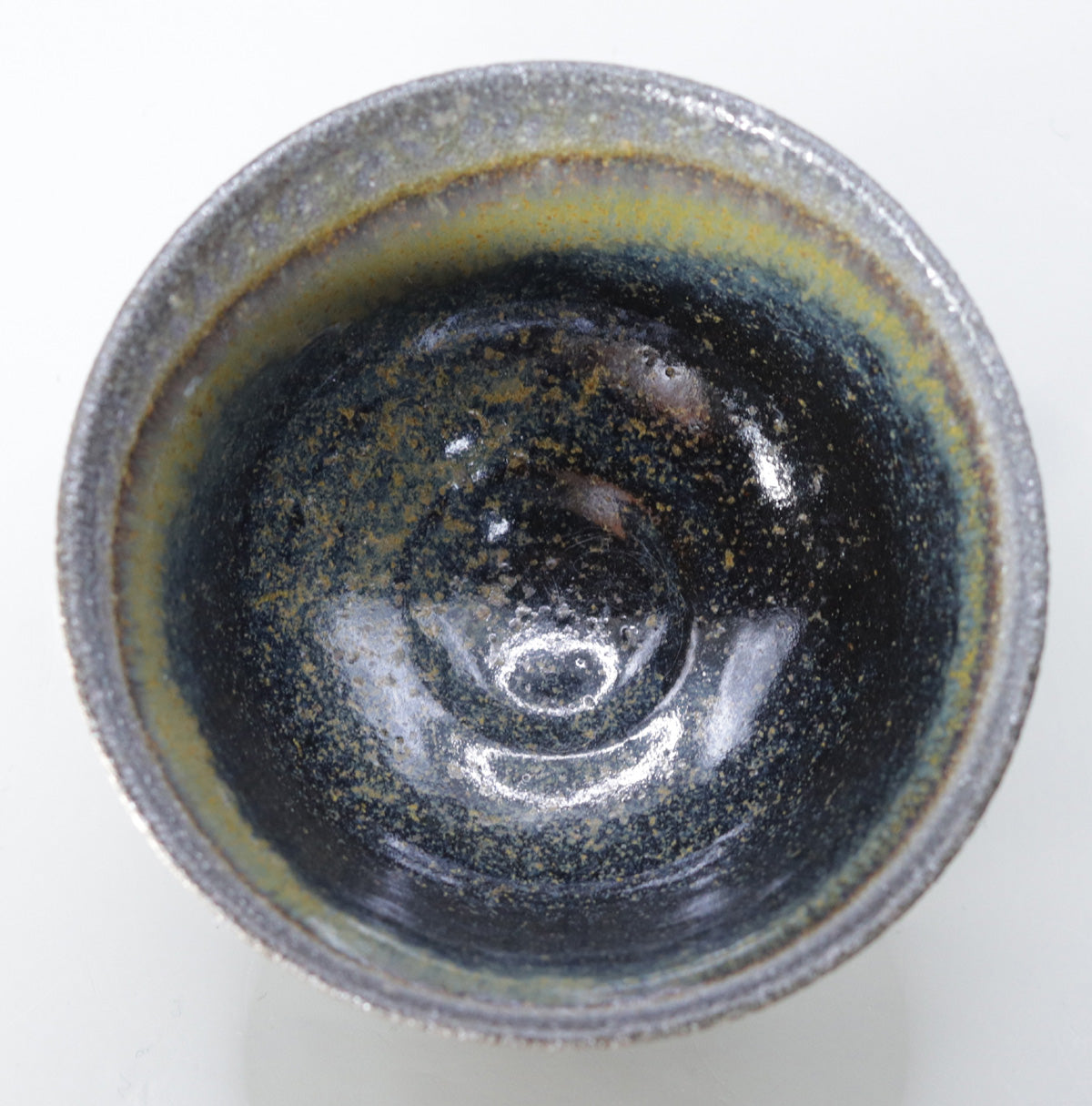
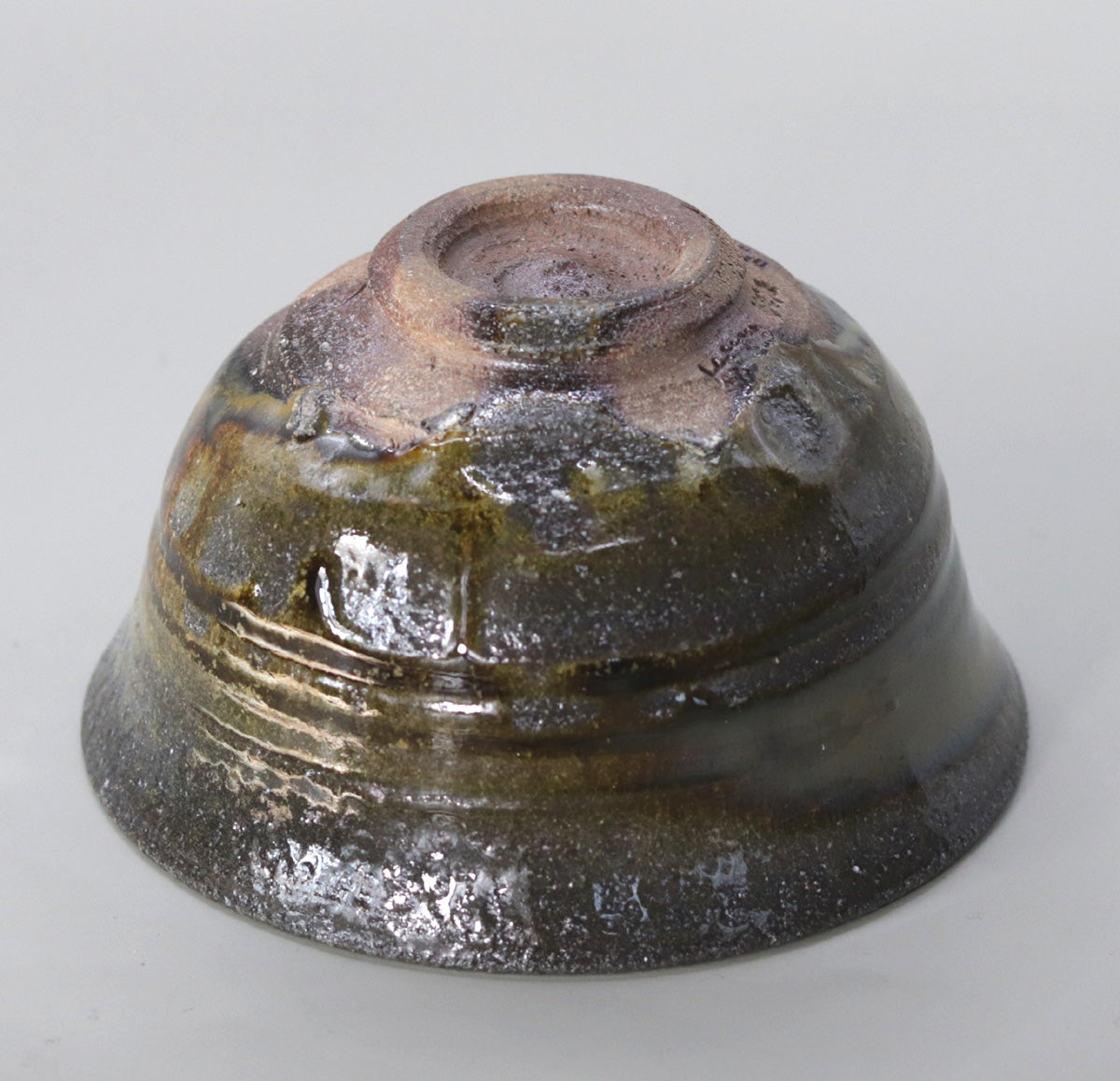
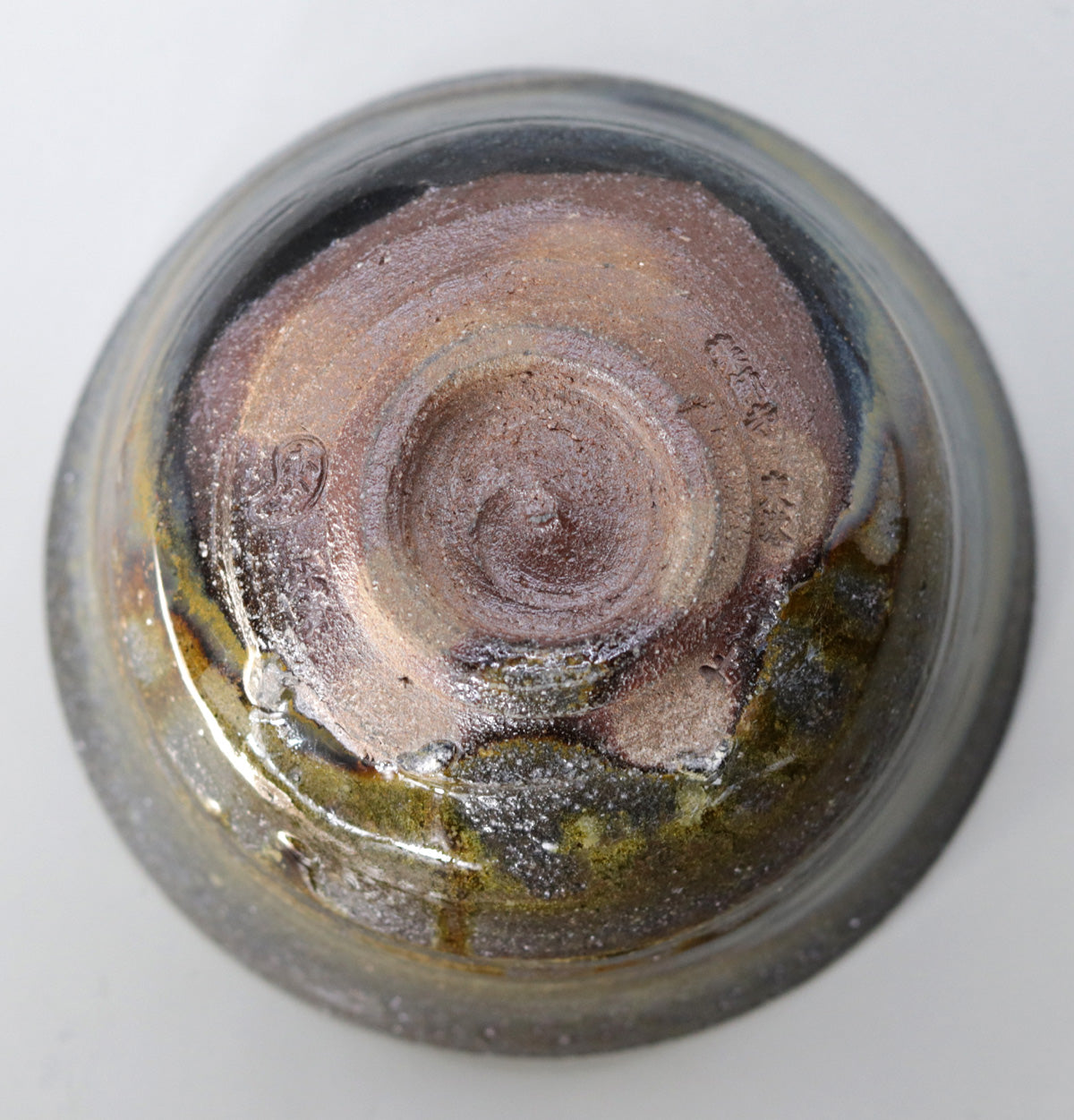
Multi-Column
-
[I will send it to you quickly and carefully]
We carefully package each product in a way that suits it best.
Also, delivery times vary depending on the piece (vessel, etc.).
Items that already come with a box will be shipped within 1-3 days of the order date.
For items that require a box to be made after your order, it will take approximately 30 days for production to be completed and then shipped.
In either case, once we have confirmed your order, we will contact you by email to inform you of the delivery date.
-
[Requests when purchasing pottery]
Even products that look the same may differ slightly in color, shape, size, etc.
The way the glaze is used, the power of the kiln, the firing method, the season, and the humidity also affect the appearance of the pottery.
Please understand the individuality of each piece of pottery and enjoy the unique warmth of handmade.

